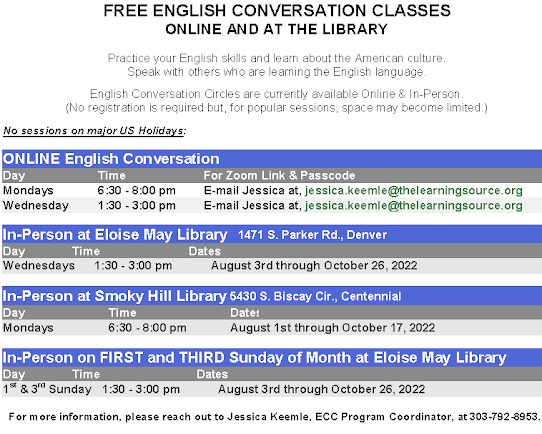In a blog entry yesterday, I noted that it appears almost everybodyis a synesthete to a certain extent!
In 2008 Magdalena Wrembel and Karolina Rataj of Adam
Mickiewicz University in Poland published results of a vowel-to-color matching
experiment conducted in English with students who were highly proficient in
this language.
More recently,
a study published in 2019, which took place as part of a collaborative
venture of Radboud University, the Netherlands Organisation for Scientific
Research (NWO) and NTR Broadcasting showed that not just synesthetes but the
majority of human beings do map vowel sounds to colors. To read about this research, go to https://neurosciencenews.com/color-vowel-synesthesia-10999/ Luckily for English speakers, the research
used the Dutch language which is also Germanic based.
The Dutch study showed that, although each
individual had their own, individual, color-to-vowel map, there were measurable
commonalities. Vowels toward the front
of the mouth, such as the “ee” as in “green” and “groente” tended to be light
green for the Dutch. Looking at the
graphic in the earlier, Polish study, the front-of-mouth sounds were also lighter
and more greenish-yellow.
The sounds toward the back of the mouth were darker
in both studies. In the Dutch study,
they, tended to be blue as they sound in the English “blue” and the Dutch
“blauw”. In Dutch, red was also popular for back-of-mouth sounds.
This seems surprising until you remember that the color in Dutch is called
“rood”, pronounced similar to the English “road”. I can’t help noticing, also, it’s similar to the word “rose” for the vowel sound “oh” in the
colorvowel.com system.
The question arises, “Is there something about
the “eeee” sound which makes humans think of fields and forests, inspiring us
to name the color with a front-of-the-mouth, wider-mouth sound such as “green” and “groente”? Or, conversely, in English and Dutch, having
used the vowel for many years in the
word representing chlorophyll’s color, has our subconscious started to
associate this sound it with the color itself?
Or a little bit of both?
Now, here's a paper from The Chinese University of Hong Kong comparing vowel to color association in Mandarin, Cantonese and English. What a great variety of language types to study!


